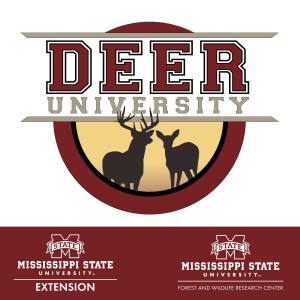
Episode 044 - Timing of Prescribed Fire Impacts Deer Forage Quality and Selection
 2021-01-05
2021-01-05
Most hunters and managers are aware of the benefits of prescribed fire on deer habitat. Fire can be used to set back plant succession (reduce the woody vegetation) and stimulate the growth of forbs (increase the herbaceous vegetation). In the Southeastern US, deer nutrition is often limited during the summer when bucks are growing antlers and does are producing fawns and lactating. Often limitations in summer nutrition is addressed with warm-season food plots, but what about addressing this need with prescribed fire? Today we visit with former MSU Deer Lab graduate student, Rainer Nichols, and discuss his project where he compared plant quality and biomass response to dormant-season and growing season prescribed fire. Rainer examined the impacts of prescribed fire timing and mechanical stump sprouting have on summer nutritional carrying capacity for deer. Diversifying the timing of prescribed fire between the dormant and growing seasons led to increased summer nutrient availability at the landscape level, and mechanically creating stump sprouts from woody plants led to increased available nutrition on a localized level. Combining these two management actions to target summer nutritional limitations can better help deer meet nutritional demands and reach their full potential.
More Episodes
 2020-02-19
2020-02-19
 2019-09-09
2019-09-09
 2018-11-03
2018-11-03
 2018-08-22
2018-08-22
 2018-08-09
2018-08-09
 2018-05-05
2018-05-05
 2018-02-26
2018-02-26
Create your
podcast in
minutes
- Full-featured podcast site
- Unlimited storage and bandwidth
- Comprehensive podcast stats
- Distribute to Apple Podcasts, Spotify, and more
- Make money with your podcast
It is Free
- Privacy Policy
- Cookie Policy
- Terms of Use
- Consent Preferences
- Copyright © 2015-2024 Podbean.com




